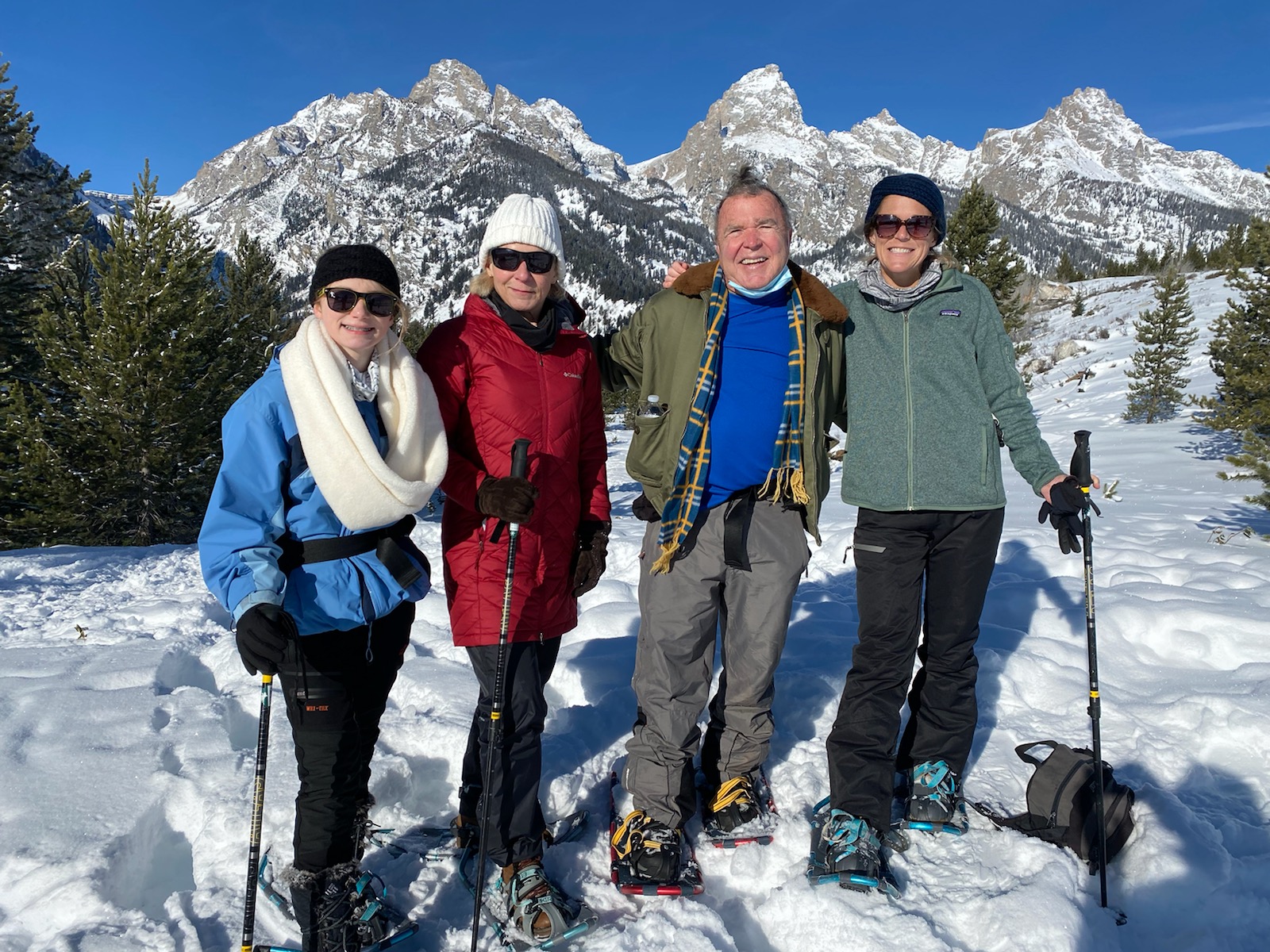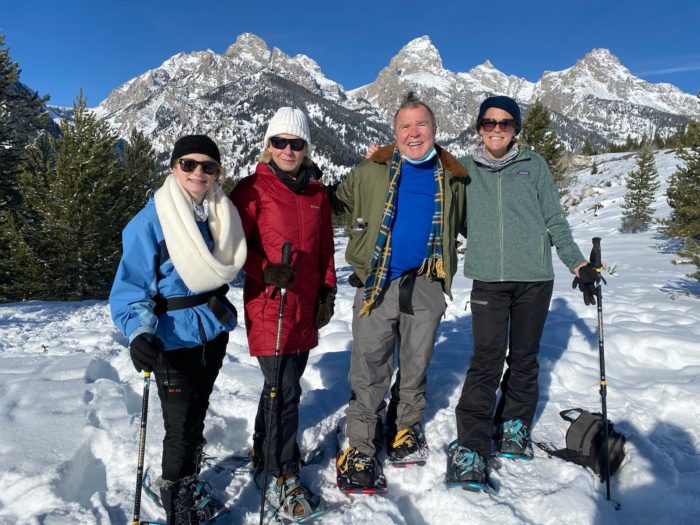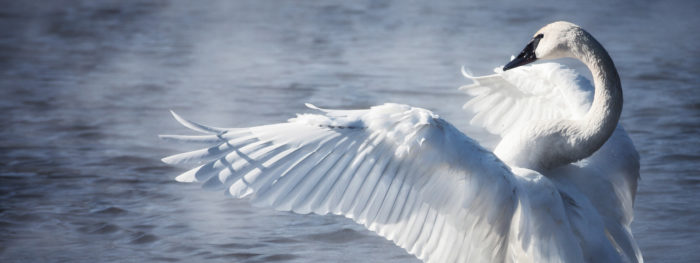

Local — Hello Temperature Inversion Season!
November started warm with 50-degree temperatures but winter weather quickly followed and the month ended with frigid nights, crisp sunny days, and a valley inversion. Inversions are caused when high pressure traps the cold, dense air on the valley floor. Warmer, less dense air rises above. This is a typical winter weather pattern for Jackson Hole when it’s a bluebird, sunshiny day. Temperatures get colder each night and the mountains get warmer each day until the next storm cycle arrives. If you want to find warmer temperatures on a sunny day, head up and into the mountains.

Local — Wildlife Find Winter Territories
Wildlife is on the move once again as winter sets in. In order to survive the long winter, animals and birds choose habitats that provide sufficient food and shelter to meet their needs. Several species of birds choose to winter in Jackson Hole. The Rough-legged Hawk flies to Jackson from the Arctic to profit from our milder climate. Canadian Trumpeter Swans also come to winter here (click the links to hear their calls and learn more about them). Look for swans flying over town as they move from one waterway to another. A favorite spot to view swans is along Flat Creek on the National Elk Refuge. There you’ll find our local swans mingling with Canadian swans, though it’s impossible to tell which is which! Nonetheless, it’s a fun time of year to observe. Read more about swans »
Regional — Mapping Migration Corridors
Migration corridors are being mapped to identify important corridors in order to support the success of wildlife movement. Areas being mapped include the tri-state area of Wyoming, Idaho and Montana. From these studies, we have learned that our native Mule Deer has one of the longest migrations in the state of Wyoming, along with the Pronghorn. While the Pronghorn leave Jackson Hole each winter to find more wind-swept plains which offer more vegetation, many species travel to our region to roam the open country. Read more about the University of Wyoming’s Migration Initiative »

Spiritual
“Whatever joy there is in this world
All comes from desiring others to be happy
And whatever sufferings there is in this world
All comes from desiring myself to be happy”
— Shantideva
“Love the world as your own self, then you can truly care for all things”
— Lao Tsu
What’s in the Woods (Field Notes)
11/2 (Town of Jackson) Eastern blue jays at feeder
11/5 (Highway 22, near puzzleface ranch) Trumpeter swans, bald eagle
11/11 (Jackson, WY) Winter storm
11/12 (Flat Creek, near post office) Sunny and cold, mallards, magpie, red-breasted nuthatch, black-capped chickadees, stellar jay, eastern blue jay
11/16 (Wilson, WY) Herd of cow elk grazing on grasses
11/22 (Snake River/ Highway 22) Mule deer
11/27 (Teton Village Road) Mule deer moving through hay fields
11/28 (Jackson, WY) -4 degrees Fahrenheit at 6 a.m. in Wilson ahead of a bluebird day
11/30 (Jackson, WY) -10 degrees Fahrenheit at 9:30 a.m. in Jackson ahead of a blue bird day. 27 degrees at 10,000 feet. Temperature inversion.
Tour Suggestion
Snow is still thin in early December. You’ll find more snow higher in the mountains or further north in the valley. This is a fun time of the year to explore the Colter Bay area in Grand Teton National Park. Tour along Jackson Lake — you can’t beat the views and roads are in good shape. It’s a beautiful drive and takes about an hour from Jackson. Make sure to choose a sunny day for the views and easier travel.
Backcountry Tips
Remember bears are still active, so bring your bear spray. Always tell someone where you are touring. Safety first.


